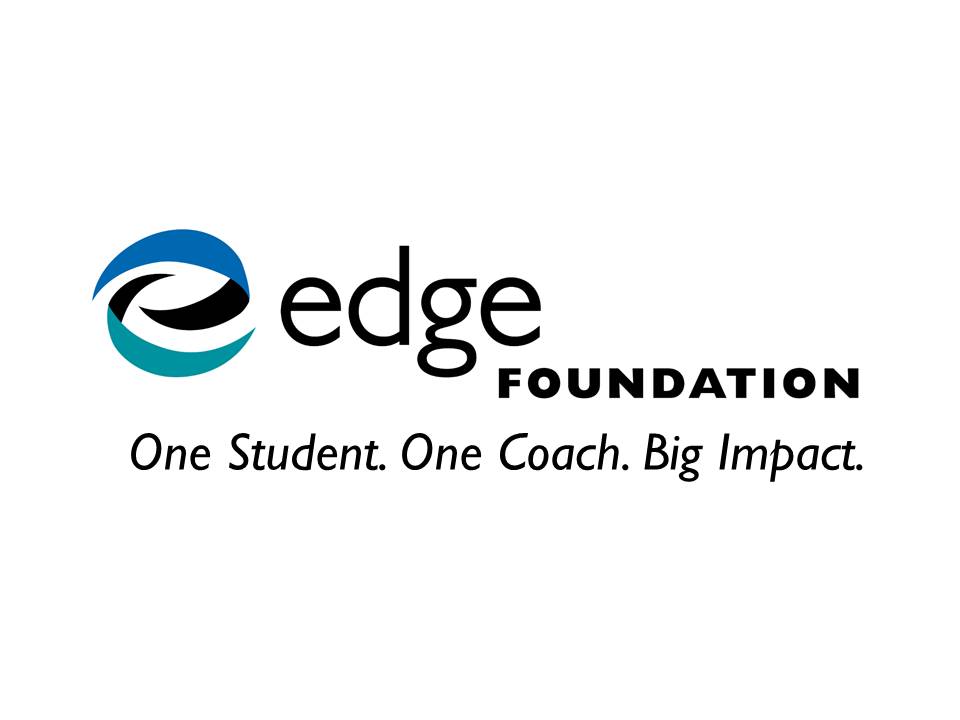Auditory White Noise
For many years, researchers have known that a certain type of background noise, known as white noise, can help children with ADHD improve focus and memory. Typically, children with ADHD can be very distracted by ordinary sounds in the environment. This can interfere with paying attention in class or doing homework.
White noise is composed of random sounds, covering the whole range of audible frequencies. For most people, low-volume white noise just fades into the background. But for those with ADHD, it can block out auditory distractions. But it does more. In the context of ADHD and academics, adding some white noise to a weak neurological signal – e.g., a peer or teacher talking – can boost the signal, leading to gains in cognitive performance. The technical term for this is “stochastic resonance.”
There are a number of sources for auditory white noise, including:
- White noise generating machines
- Smartphone apps
- Special white noise generating YouTube videos
- Online white noise generating websites
The key is to work with your ADHD child to discover what amount and frequency of white noise works best.
Visual White Noise
Now, new research is showing that visual white noise – delivered on computer screens – can help children who have difficulty reading and writing due to cognitive impairments.
Göran Söderlund, senior lecturer in education at the University of Gothenburgi in Sweden found that exposing these children to visual pixel noise had an immediate positive effect on their reading skills and memory,
The results showed that children with major reading difficulties, particularly phonological difficulties, performed significantly better when exposed to visual pixel noise. They read more words correctly and also recalled more words in the moderate noise conditions.
The study found that the amount of noise is critical for reading and memory, similar in concept to the use of auditory white noise with ADHD kids.
Göran said, “You can compare it with being shortsighted and needing glasses. We saw that when we exposed the children to a medium level of white noise, their reading improved. However, their reading skills were less good when there was no noise or a high level of noise.” .
Though more research is needed to corroborate and expand this study, it holds out the hope that a simple intervention in schools or at home to introduce white pixel noise to a screen, could make a huge difference in the reading and retention skills of children with major reading difficulties.
Who knew noise would turn out to be a good thing.



